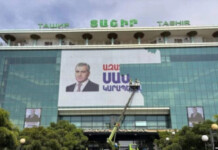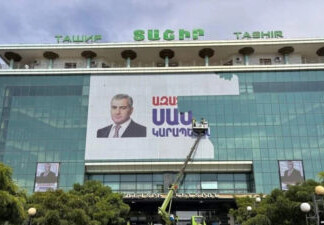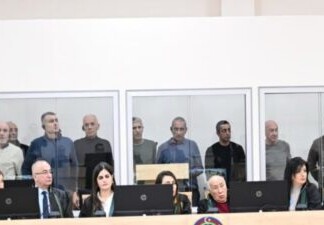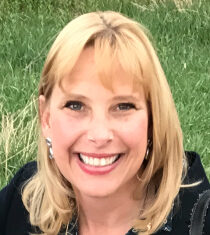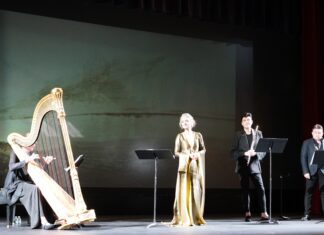YEREVAN–STOCKHOLM — My longtime friend, journalist and translator Laura D. Minasyan, is among the people I especially value: warm, kind, artistic, multilingual, open to the world yet faithful to her roots and country, and someone who has lived a rich and full life. I first met her and her husband — the well-known Swedish ethnologist Åke Daun (1936-2017) — in Sweden in 1996. Even then, I was especially impressed by the fact that Laura, a translator from Russian and Armenian into Swedish, had also at one point worked with Khmer, the language of Cambodia.
Since then, we have met regularly, especially in Yerevan — the city she calls her home. She has passed on this love for Armenia to her sons, David and Aram.
Dear Laura, you were born in Baku, a city that once had a significant Armenian presence. How did your ancestors come to settle there?
Yes, it so happened that I was born in this city. My parents — natives of two different provinces of Armenia — met there. My father, Sedrak Minasyan, was born in the village of Tsakhkunk in the Sevan region; at 16, he walked to Baku in search of his father, who had gone missing during the massacre of Armenians in Baku in 1918. My mother, Anahit Voskanyan, came from the village of Chapni, near Kapan in the Zangezur region. She arrived in Baku with a secret dream of becoming an actress. At that time, there was still an Armenian theater in Baku, but it was closed almost as soon as my mother, after graduating from drama school, joined the troupe. Then came the war, marriage and the birth of a son. Anahit’s dreams were not meant to come true. All I have left from that period of my mother’s life are two photographs of her in stage makeup, playing two different roles. I wanted to know more, I tried to ask questions, but it was painful for her to recall that time in her life — let alone speak about it.
What was your childhood in Baku like during Soviet times?
We lived in the Mantashov House, right in the city center — a building that had once belonged to the Armenian oil magnate Mantashyan. This luxurious four-story building with turrets housed many families of different nationalities. Despite the crowded conditions and the diversity of the residents, everyone lived together quite peacefully. I don’t recall any ethnic conflicts. If there were arguments, they were mostly family quarrels. Everyone knew everything about one another. Laundry was hung in the inner courtyard, and people even knew the color of their neighbor’s underwear. We all spoke to each other in terrible Russian, each with our own accent, mangling words. The children playing in the yard never wondered whether Tofik or Rafik, Mark or Lyuda, Yurik, Ramiz or Sveta belonged to this or that nationality.





